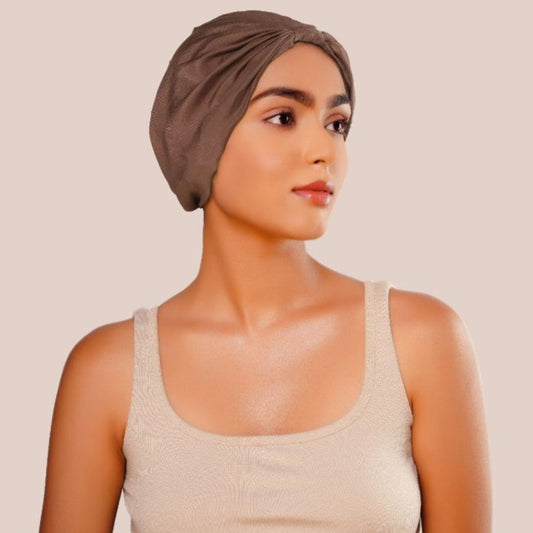The difference between naturally spun silk and factory-produced synthetic satin extends beyond the simple contrast of feel and comfort. Silk is used by acclaimed cosmetic surgeons and beauty clinics worldwide as the material for facial and hair beauty owing to the fact that it contains a rich amount of nutrients in its fibers. The amino acids present in silk fibres are essential to human hair and body as they help replenish lustre and the lock in natural moisture from your hair and skin. Silk insulation properties keep the temperature around your body optimal providing not only comfort, but the perfect environment for your hair to thrive in. Satin, on the other hand, is man-made. As you may know, synthetic fabrics often cause static. The leads to friction - which is bad news for both skin and hair.
Friction is to blame for all kinds of evils, such as frizzy hair and pillow creases on the face. Polyester satin fails in comparison in this regard, although it's cheaper, but silk is a long-term investment. The most obvious difference between silk and satin that people are most drawn to is the price, as satin is cheaper than silk. Both mulberry silk and satin are known for their smooth textures. Because polyester satin is made from plastic, it can feel more coarse and brittle. A single thread of silk is approximately 1/10 th of the width of a human hair strand, which means these tightly woven silk threads make the fabric light and soft to the touch.


















